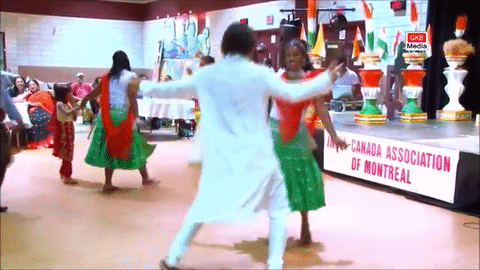
by Nishi Fatima
Justin Trudeau, the new Prime Minister-elect of Canada, is basically the younger, French Canadian-er version of Bernie Sanders. Or put another way, he’s seemingly everything that ousted conservative leader Stephen Harper wasn’t. He’s stylish, liberal, a feminist, pro-marijuana legalization and he’s especially welcome in Canada following Harper’s ten-year conservative leadership that alienated ethnic minorities and made fodder of brown people in particular for political gain.
Obviously then, we had many feelings about seeing a delightful video that’s been making the rounds on the internet of the next Canadian Prime Minister breaking down his best awkward moves to Bhangra music. Here he is back in 2012, playing the role that one white guy at every desi wedding who gives zero fucks on the dance floor, thrilled at living out his Bollywood moment. And we are thrilled that this badassery has been forever immortalized on video. Here’s some of the thoughts we had upon first seeing this video. Just make sure you’re playing the song from the event, “Dil Bole Hadippa,” at full blast to ensure maximum happy-Desi feels.
1. Look at the way she’s leading him into the dance floor, it’s like the beginning of every grand Bollywood grand number ever.
Karan Johar, are you taking notes??
(2. Quick sindeote: How HASHTAG blessed do we all feel that he decided against Shahid Kapoor’s outfit in the original video?)
(Answer: Super. Hashtag. Blessed.)
3. Because I know we are all thinking it so I’m just gonna say it. Boys in sherwanis = The emoji with hearts in its eyes.

4. WHY CAN’T ALL WHITE BOYS AWKWARD BHANGRA LIKE THIS.
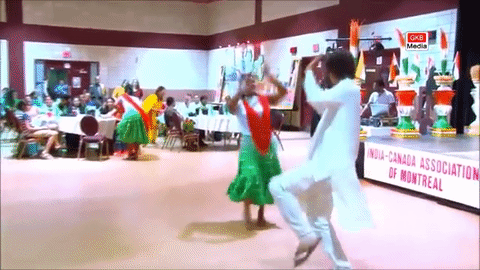
Will there ever be a world leader who awkward dances like this? I already know the answer. *Sobs into elbow.*
5. Stephan Harper (previous Canadian Prime Minister) would have never danced like this, and even seeing people dance like this would’ve prompted him to call the conservative hotline to “report ethnics” for “barbaric cultural practices” or whatever.
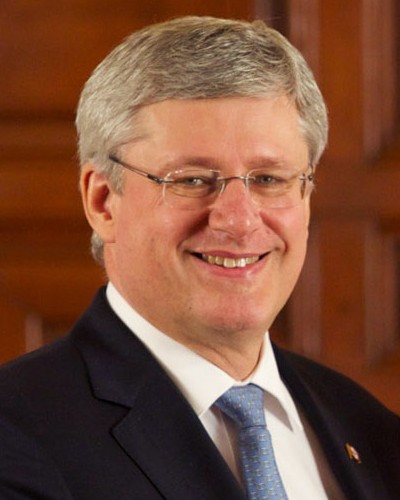 [Photo Source/Wikipedia]
[Photo Source/Wikipedia]
But who, may ask, will report Harper for this barbaric practice??
6. Where was Trudeau’s gorgeous wife during this whole awkward/awesome mayo bhangra??
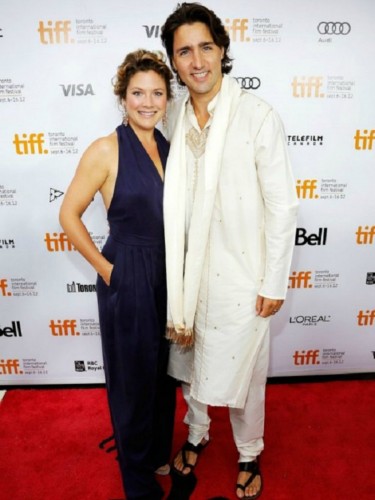 [Photo Source/images.dawn.org]
[Photo Source/images.dawn.org]
The only thing better than bhangra is double bhangra, just saying.
7. It seems pretty obvious to me that his bhangra dancing in 2012 was just him playing the long game to get access to—you guessed it—BIRYANI.
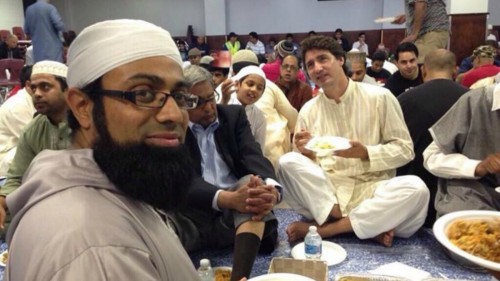 [Photo Source/images.dawn.com]
[Photo Source/images.dawn.com]
Look at the nefarious proof above, from a Canadian masjid circa sometime last week.
8. Has anyone in the GOP condemned this as creeping Sharia among our northern neighbors yet?

I mean his moves are so ETHNIC. *Calls Harper’s Ethnic line*
9. Speaking of which – Dear people who have been calling this an “ethnic dance” – Caucasian is an ethnicity, so he could have been two-stepping and it still would have been an “ethnic dance.”
10. Whoa whoa whoa, who is that dancing Uncle who just entered the scene, breaking out the **MOVES**??

Trudeau may be the PM-elect, but he done been upstaged by Uncle. It’s ok, Prime Minister. We’ve all been upstaged by Uncle at some point in our lives.
11. Are the desis who are calling this cultural appropriaton completely unaware of how Harper’s agenda was so thickly coated with anti-Desi/Muslim xenophobia, thus not in on how this is kind of a not-so-suble middle finger to Harper? Shots fired, Harper!
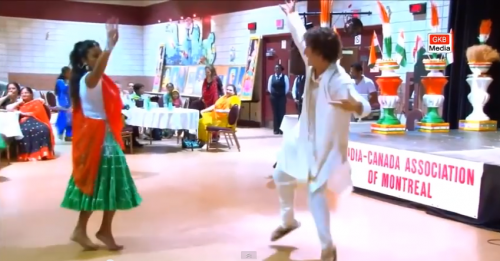
Or in this specific case, screen shots fired.
12. Your move, Bernie.
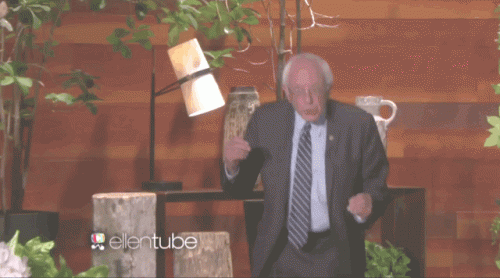 [Photo Source/GIPHY]
[Photo Source/GIPHY]
Nishi Fatima is a blogger, traveler, Air BnB peruser, and illegal street rapper (well, mainly in her dreams) who day jobs as an Audiologist in the city of Denver, C.O. When she’s not tweeting on the current state of racism or deeply musing on the nuances of the desi diaspora via an awkward vlog, she’s probably enthralled by “Law & Order: SVU” on a treadmill somewhere. Her writing has appeared in The Austin-American Statesmen, the Associated Press, and the Dallas Morning News. Follow her thoughts and misadventures at her blog.




